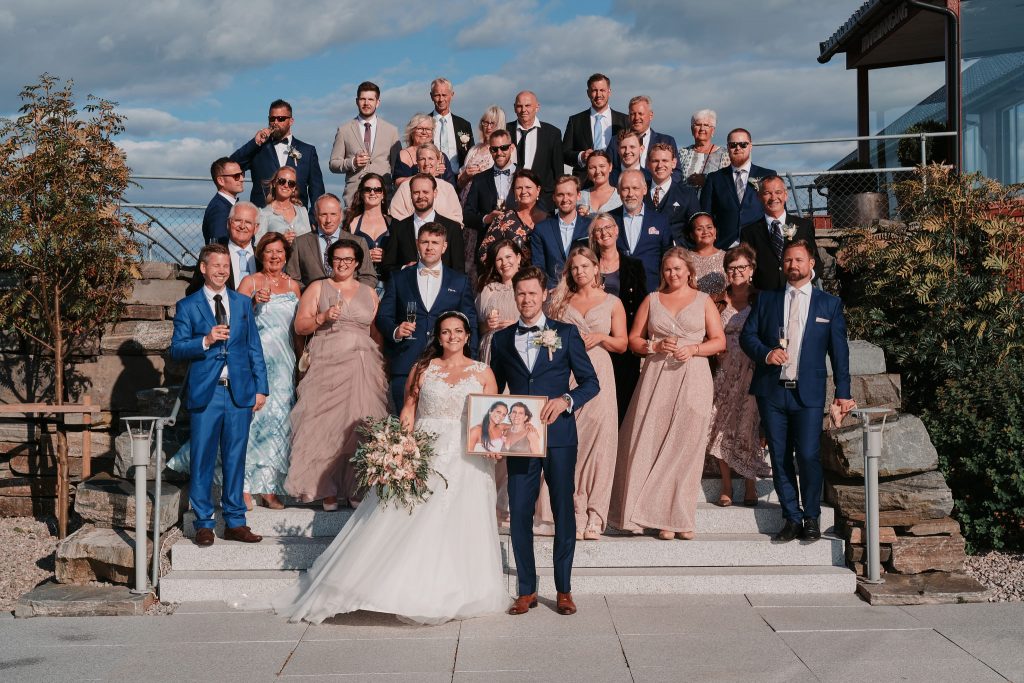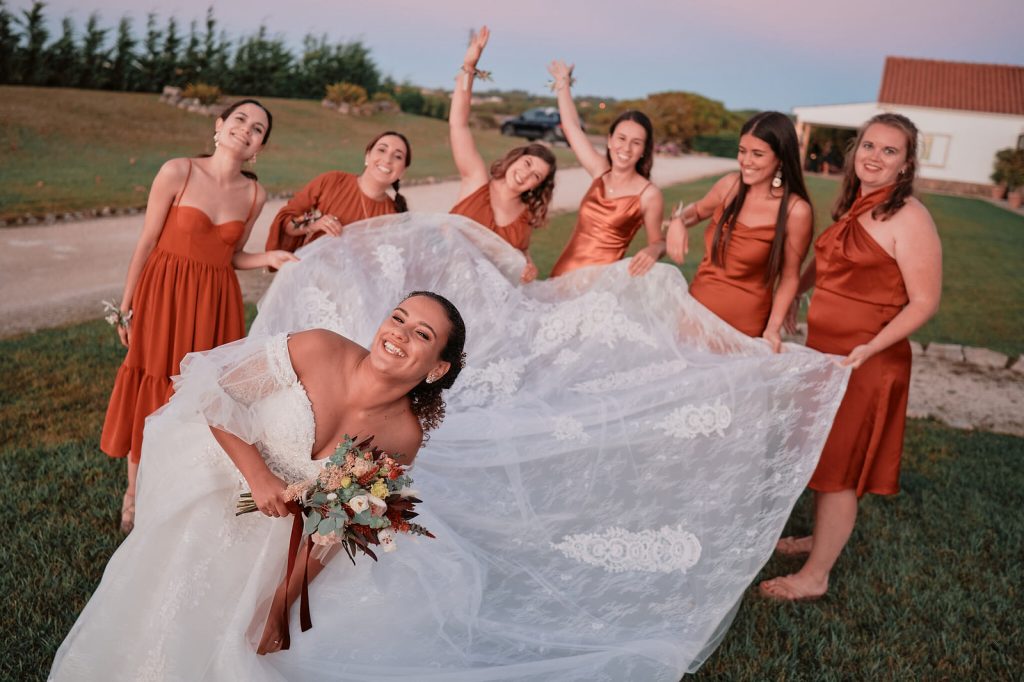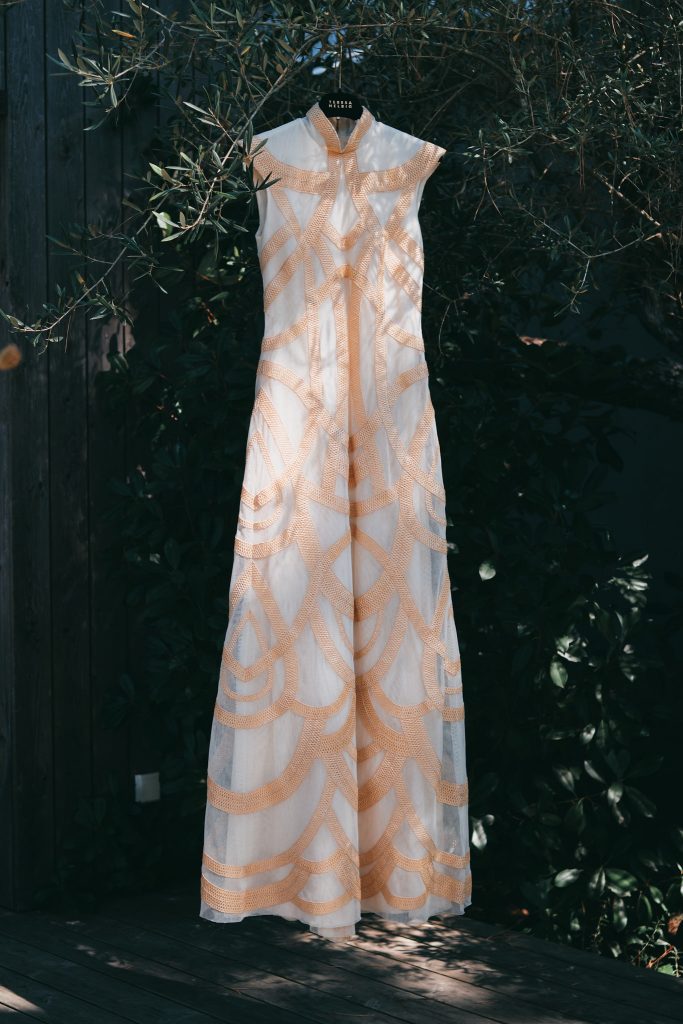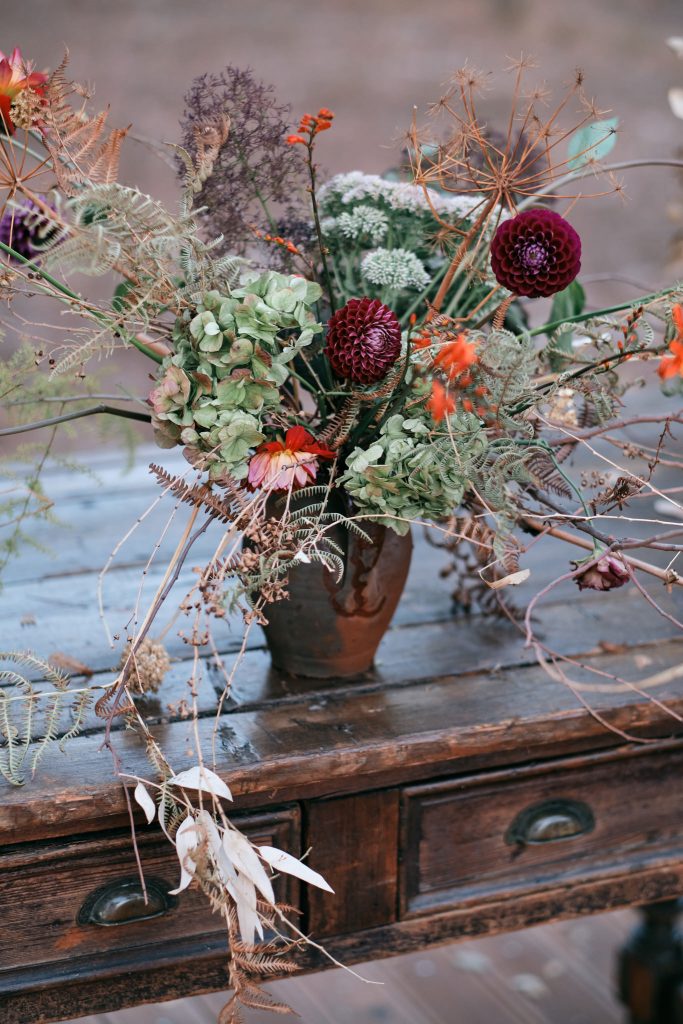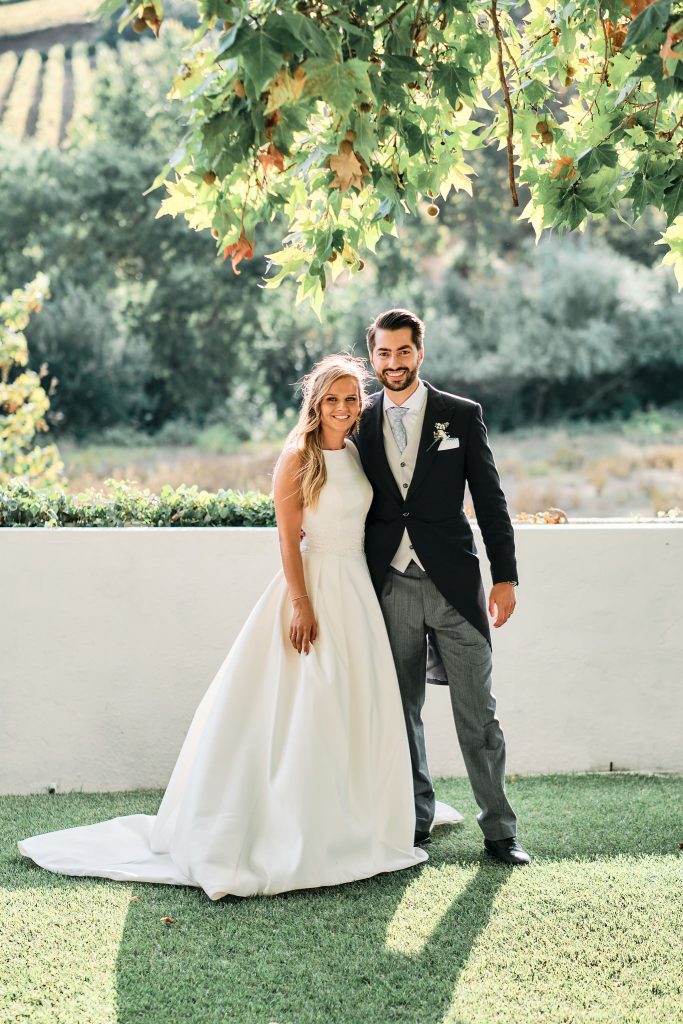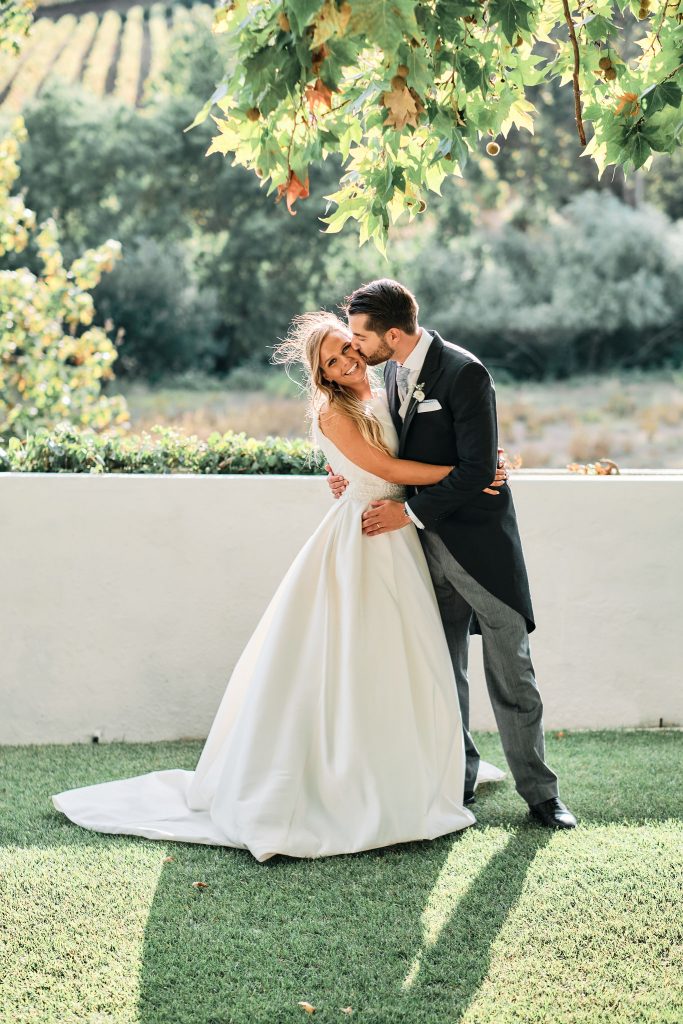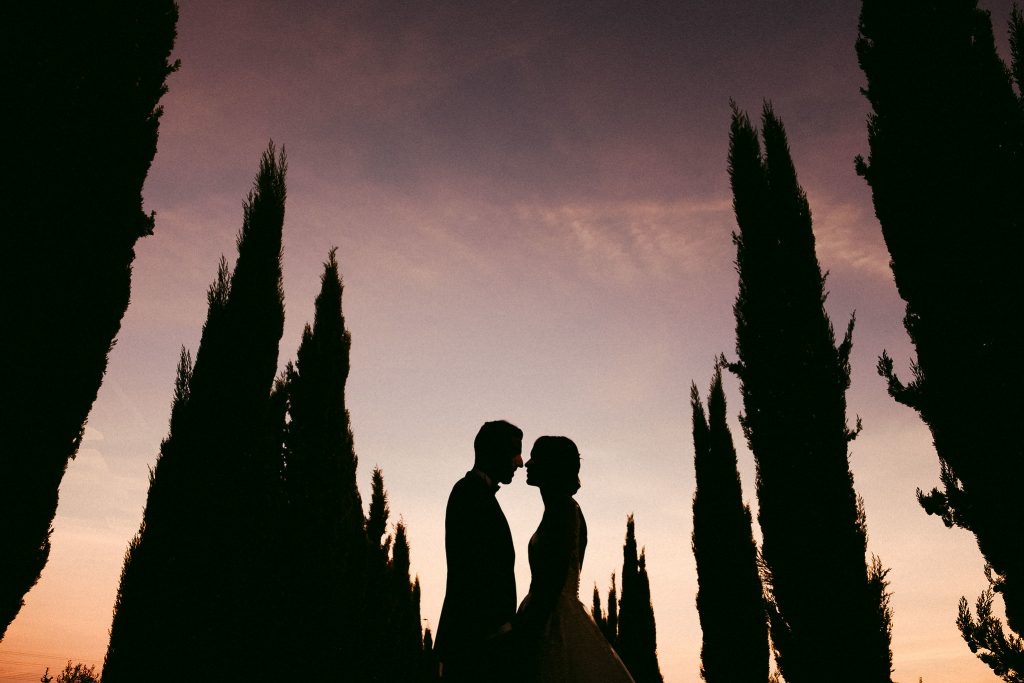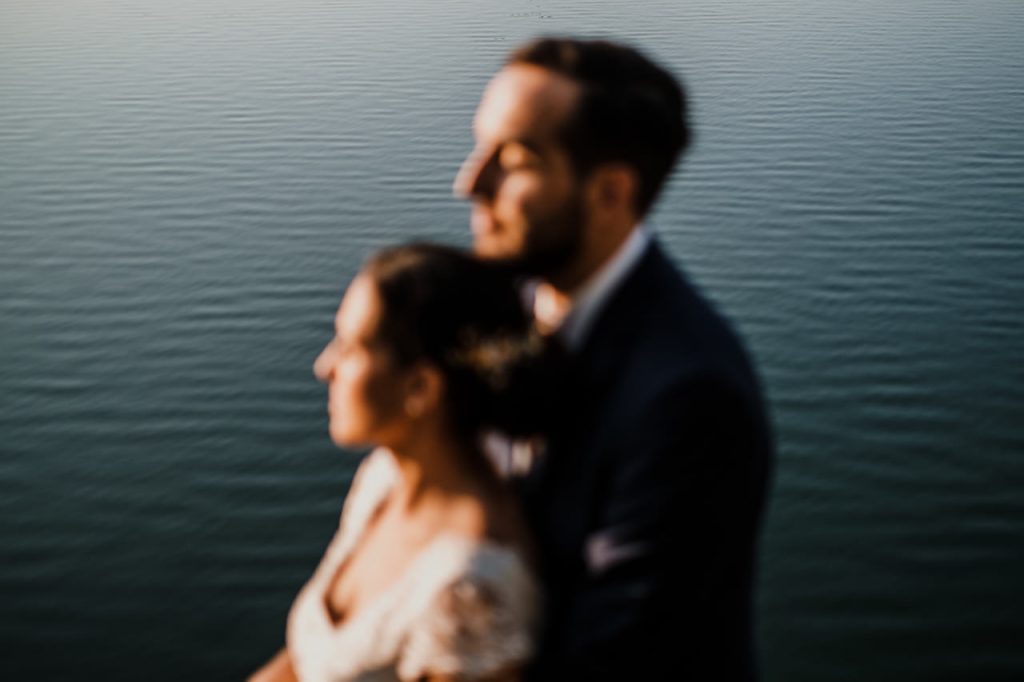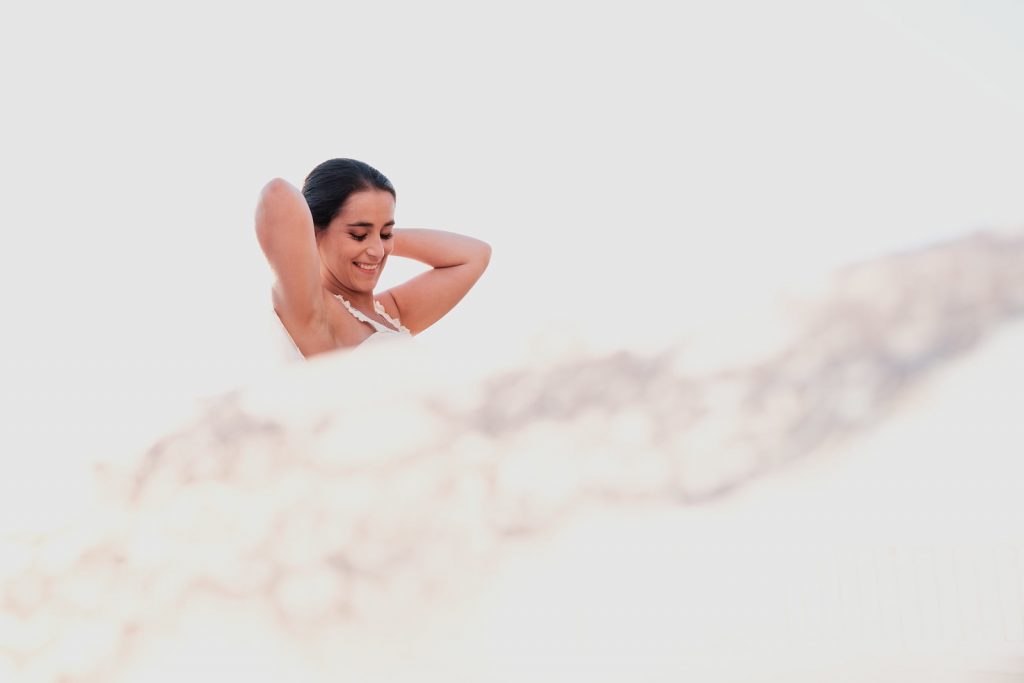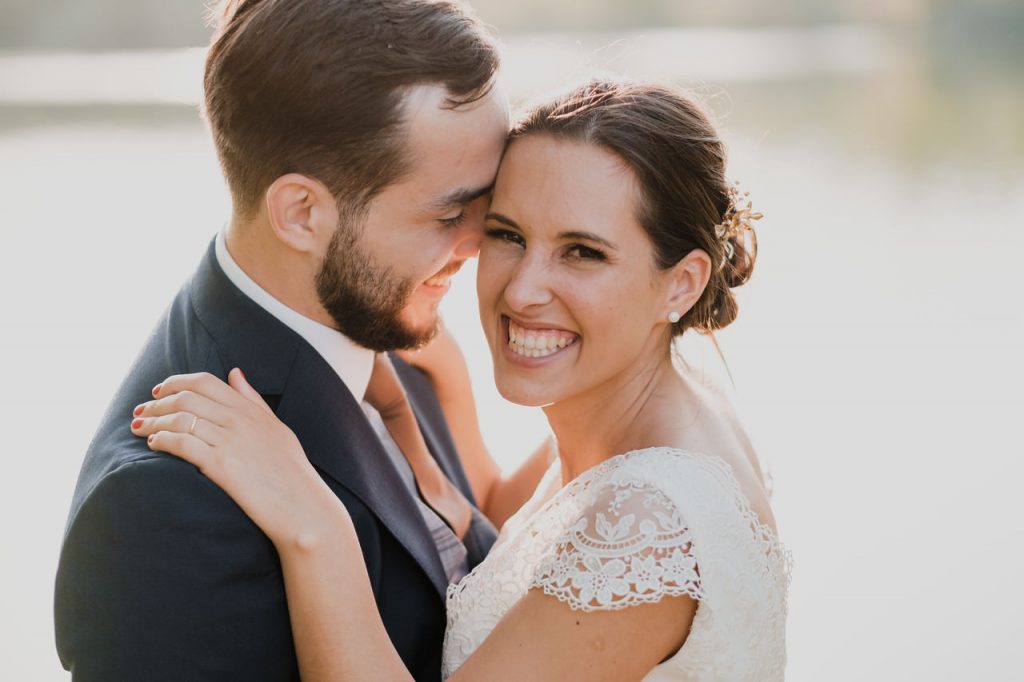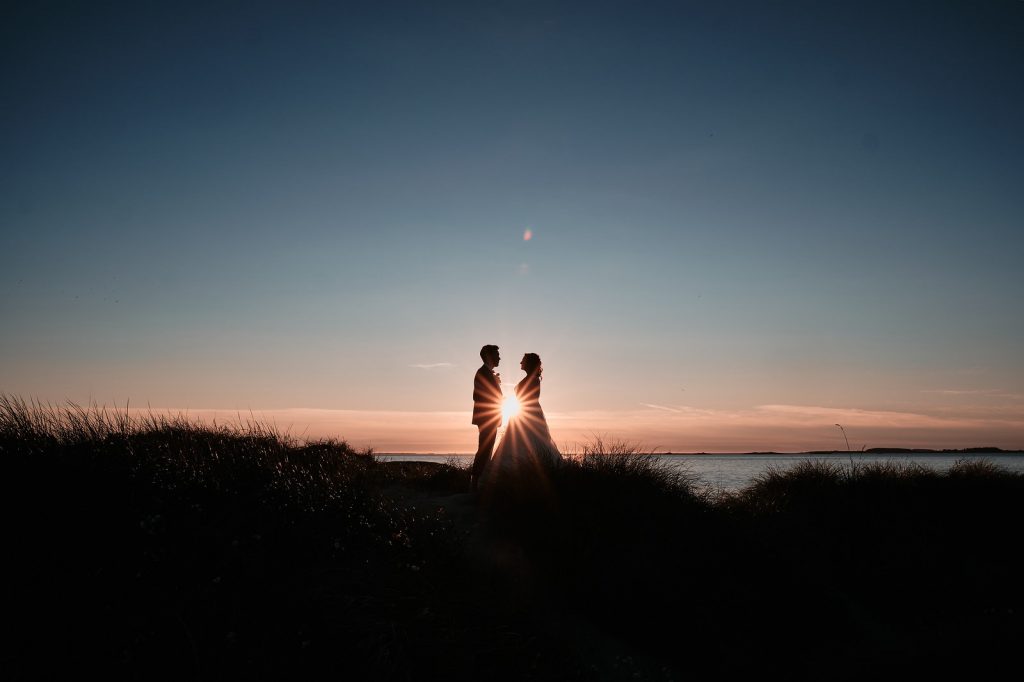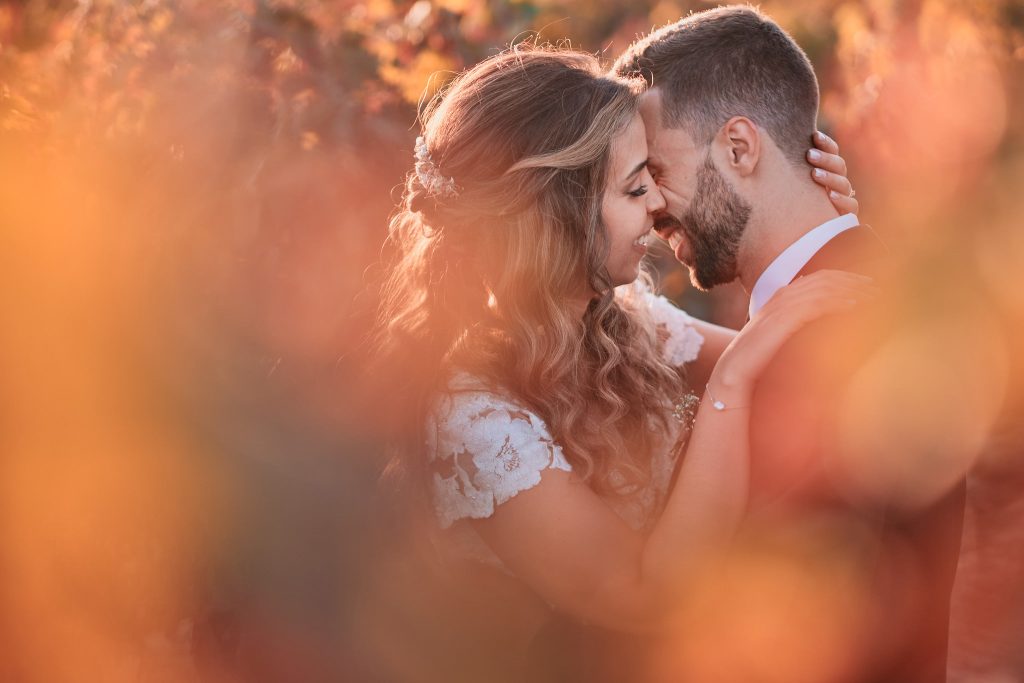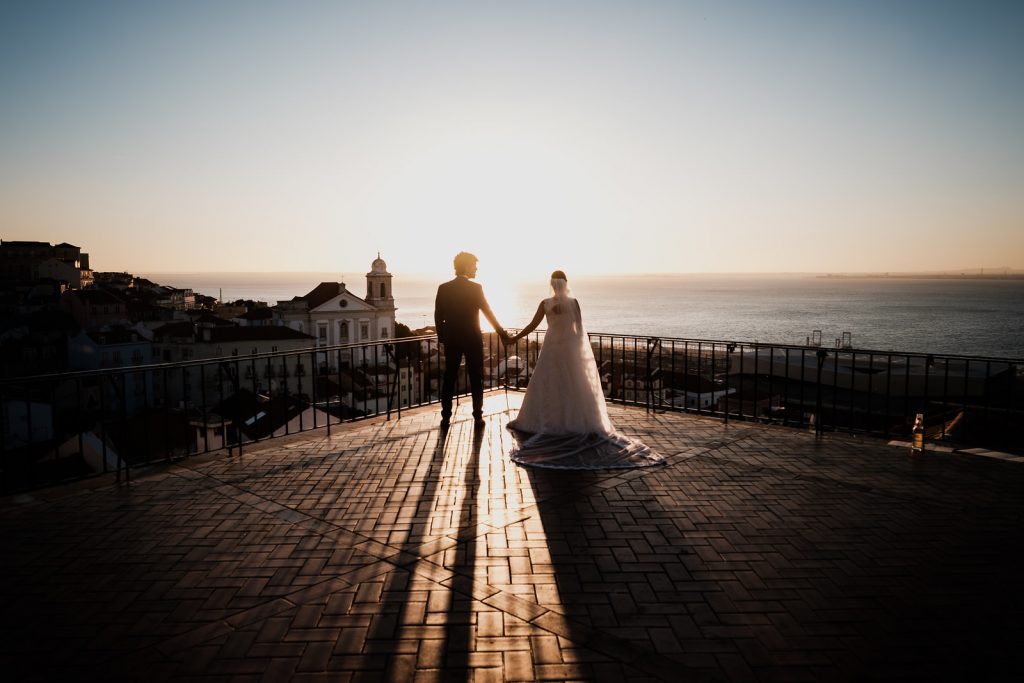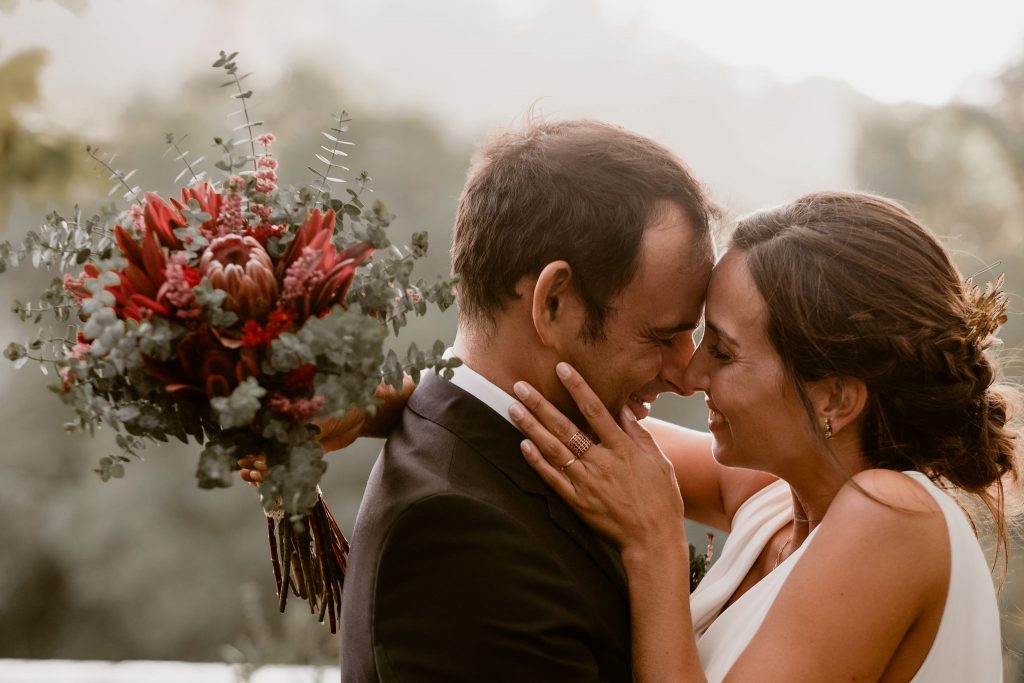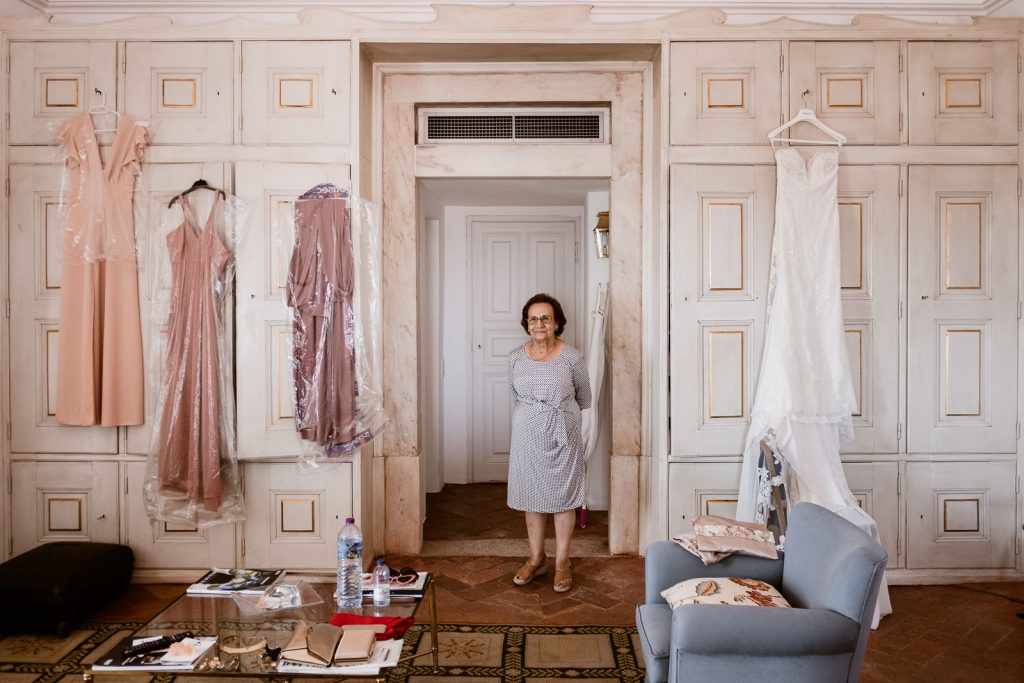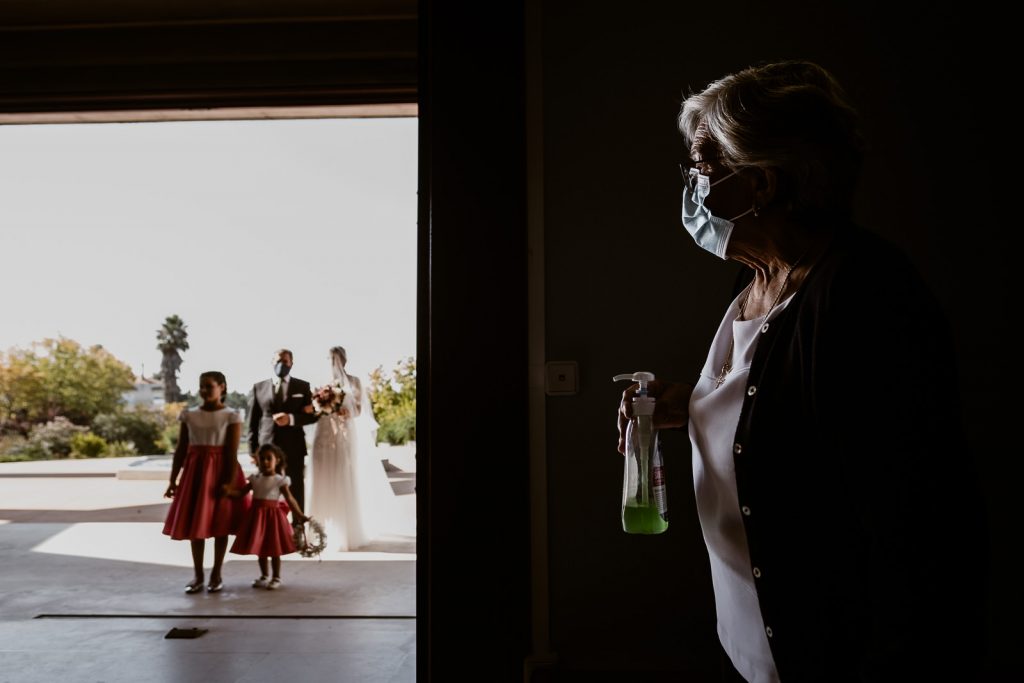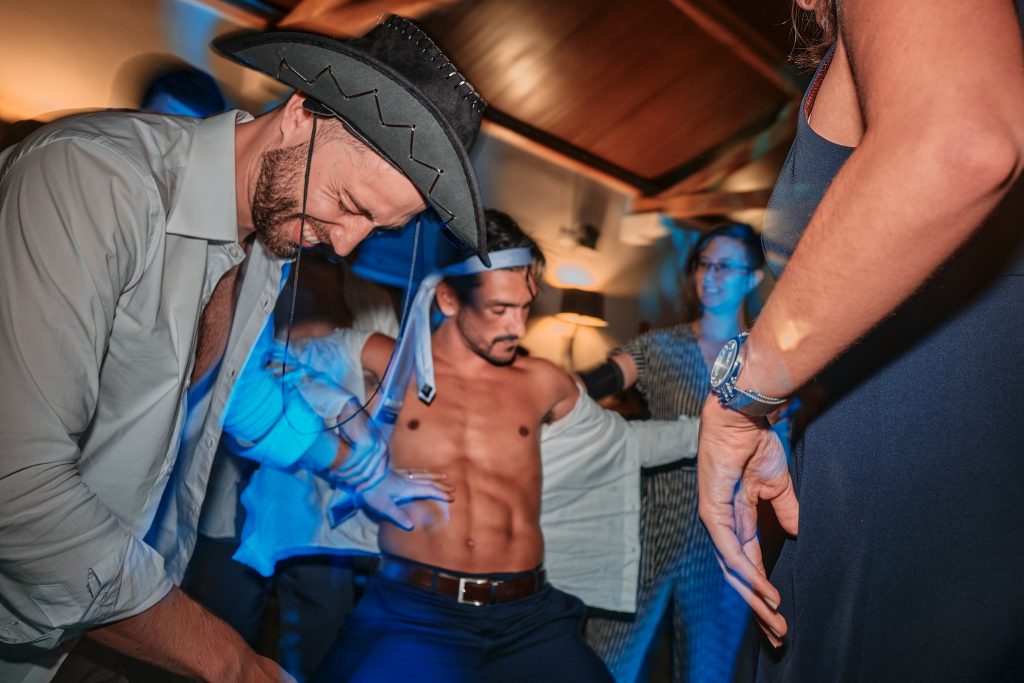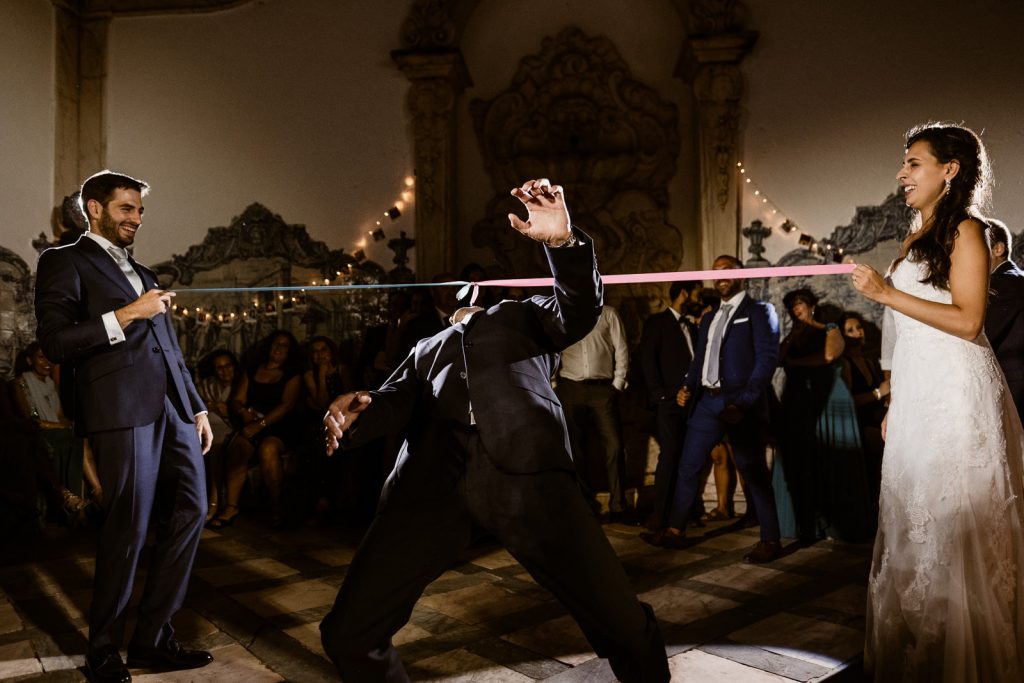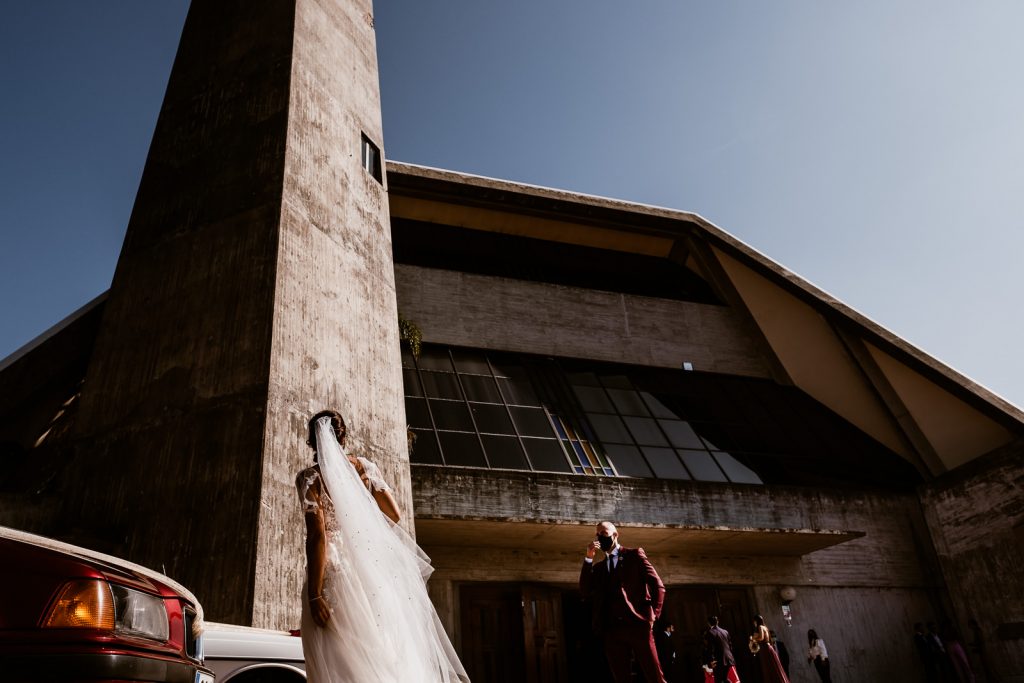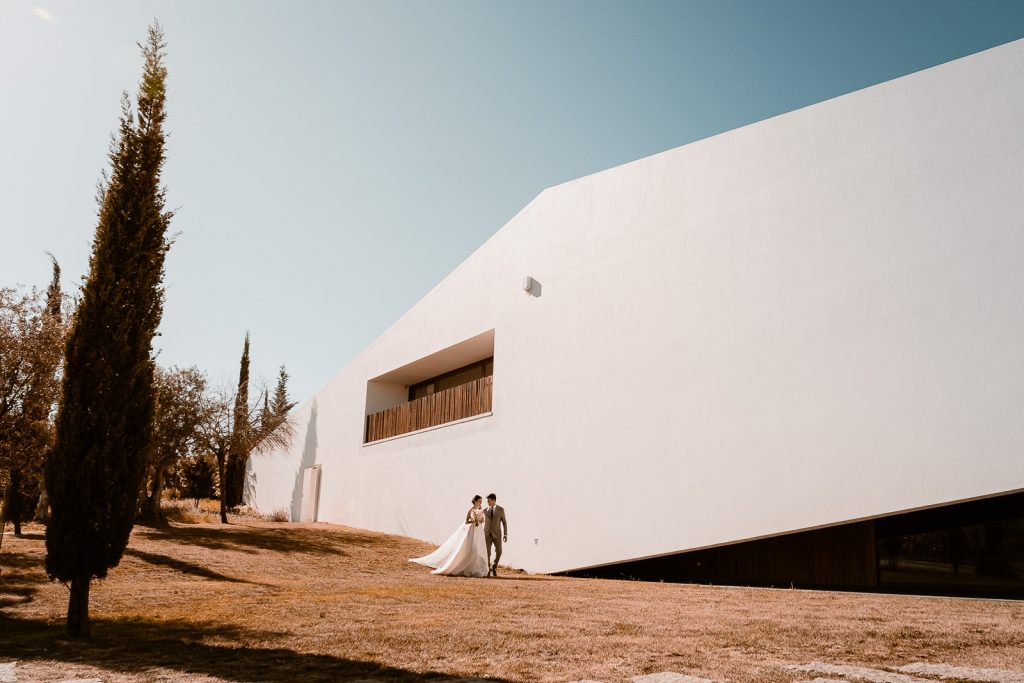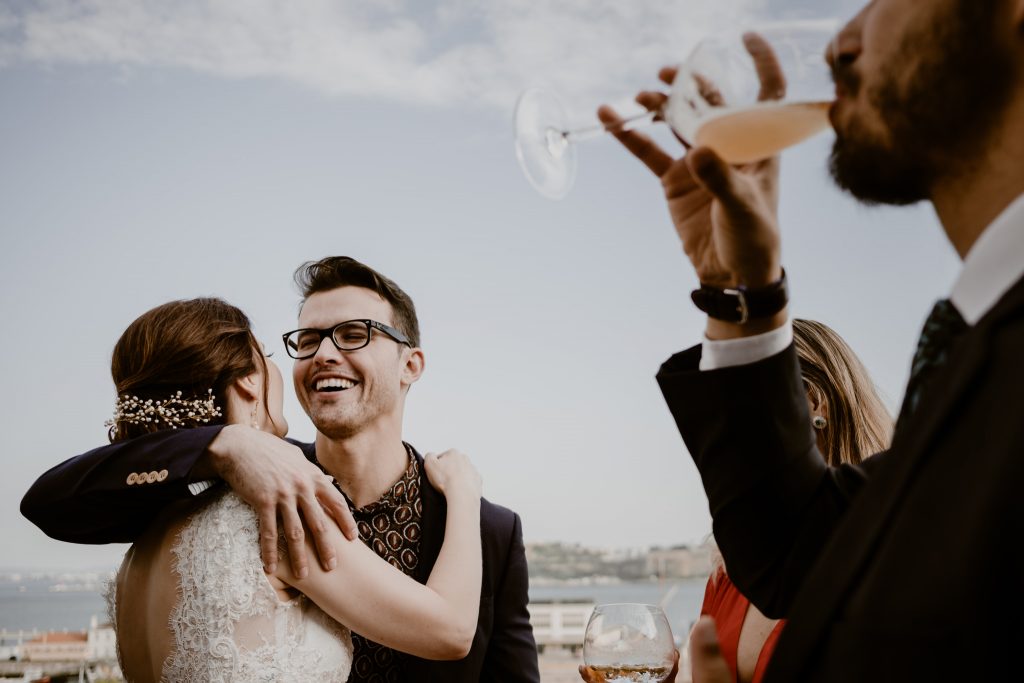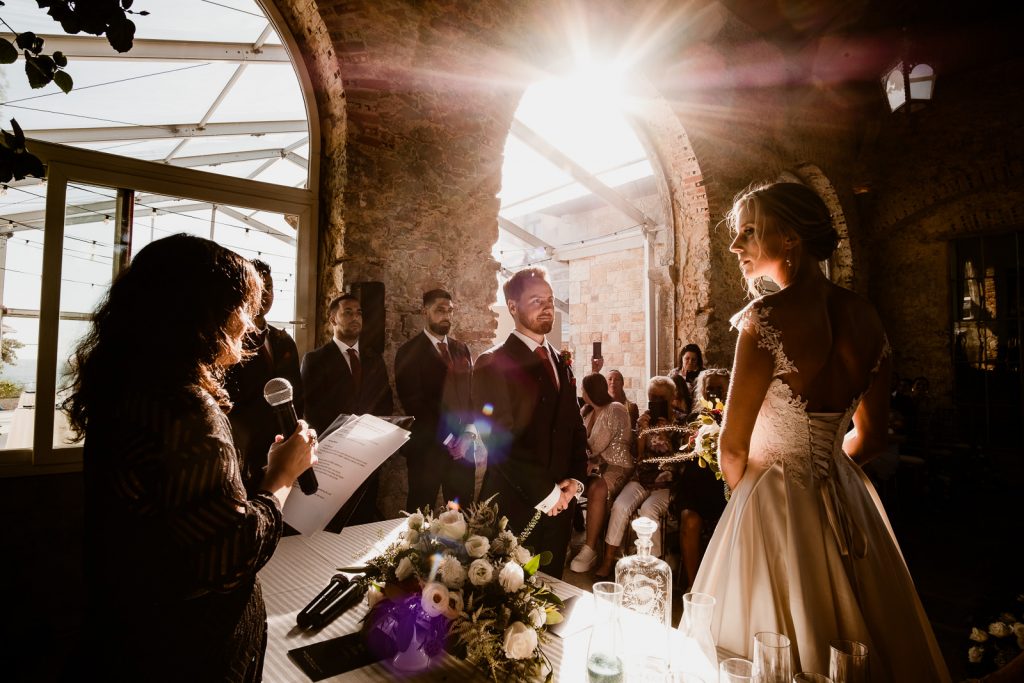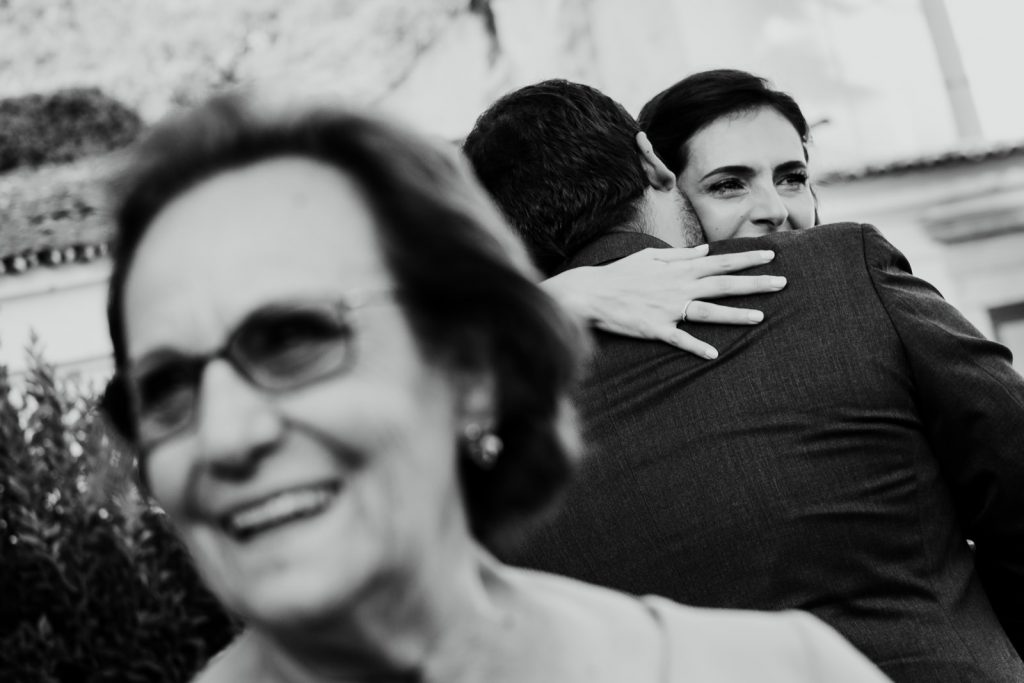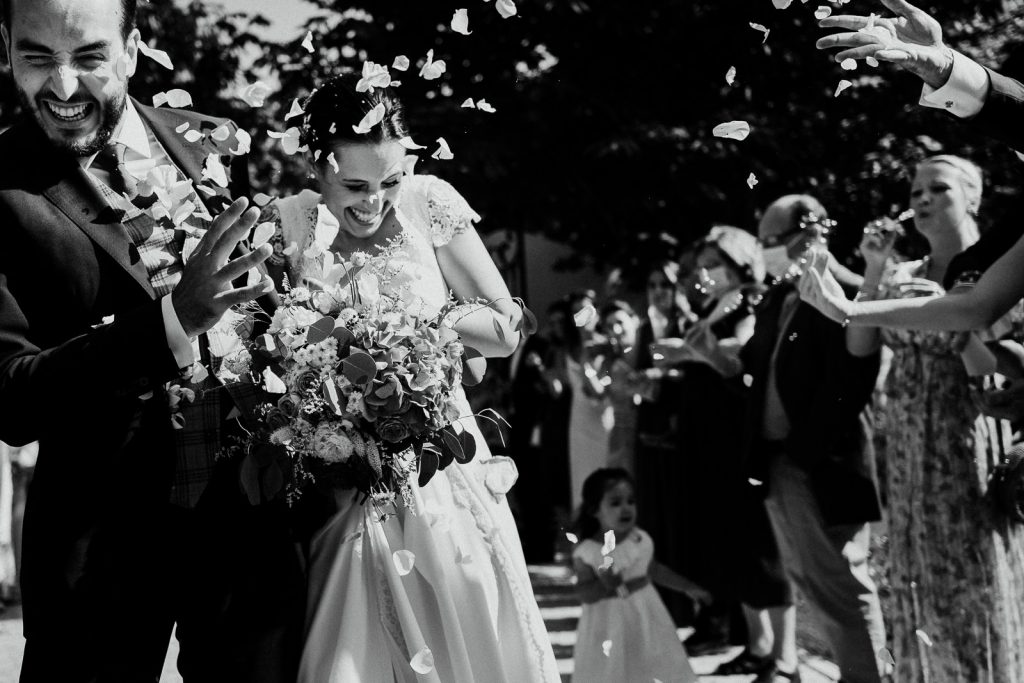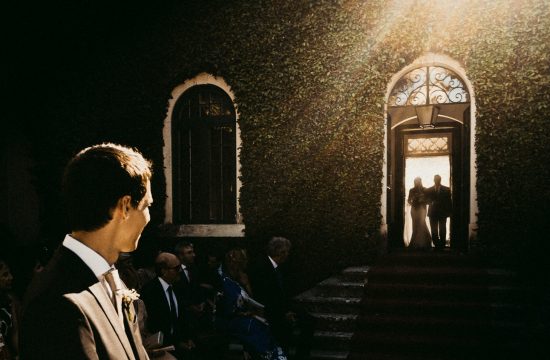Nowadays, there are many styles of wedding photography, each with its own characteristics and suitable for different couples and types of weddings. But how do you choose the ideal style for you?
If you’re not familiar with the styles of photography that have emerged in recent years, you might think that the only difference over the past 20 years is the shift from film to digital. You couldn’t be more wrong!
In another post (“why are wedding photographers so expensive“), I discussed why the transition from analog to digital photography caused a real revolution in wedding photography. One consequence was the specialization of many photographers in different styles. Today, I want to talk a bit about these styles!
I was inspired to write this post following an invitation from ZankYou to talk about my photography style in their article – “ZankYou: Four Photography Styles That Will Make Waves: Get the Best Photos That Capture the Magic of Your Big Day“.
.
Wedding Photography Styles – What Are They and Why Are They Important
I have a love-hate relationship with categories! On one hand, I find it reductive—and even somewhat dangerous—to divide a topic and put it into boxes. We risk becoming inflexible and viewing this theme as black and white when it actually has many shades of gray. On the other hand, defining various styles allows us to explain the differences between each one and understand the degree of heterogeneity that exists in wedding photography today.
So, I’ll take a risk and suggest some styles of photography, not only because they are found in the market but also because I have photographed them. I will exclude other photographic styles that, although relevant, have less expression in wedding photography in my view, such as analog or aerial photography.
.
Traditional Style
The traditional style is very broad and therefore quite difficult to define. While some photos are obviously traditional to many photographers, others might not be.
To help with the definition, let’s look back in time. Twenty years ago, wedding photography was much more uniform than it is today, to the extent that few photographers stood out for having a unique style. Part of the reason was that wedding photography was generally just another service offered by photography stores. When someone wanted a photographer for their wedding, they went to the local photography shop, not the Internet as they do today. The competition was local, among the various photography shops in a given area.
But the lower competition wasn’t the only reason for a standardized style. It also allowed each photography shop to have multiple teams, enabling them to photograph several weddings on the same day. This photographic style had to be easy to execute to ensure results. On top of all this, remember that film only allowed for 36 photos, and there was no screen to check if the shot was good. The advent of digital photography allowed for more shots (i.e., more experimentation) without increasing the cost of the report.
This traditional style existed for decades, and only about 15 years ago did the first digital cameras begin to be used for mass wedding photography. Many photographers continued to use digital cameras as they had used analog ones before, while others adopted this style. For this reason, there is still a significant component of traditional photography in the market. I confirmed this when, in March 2021, I conducted a market study on weddings with other professionals in the sector. At that time, we contacted literally hundreds of companies in the area, and many photographers still maintained a traditional component in their work.
I myself take some traditional-style photos at every wedding I photograph. Talking to colleagues in the area, I see that it is standard to take some photos in this style. Photos with guests, posed, are a perfect example. These are photos that were taken “back in the day” and are still taken because, in my view, they are important!
This is a point I think is very important—there are traditional-style photos that are important to take. Important and timeless! Increasingly, couples ask me not to take these photos because they come to me for the documentary style and don’t want to be bothered with poses. However, I always recommend taking a group photo or with close family. I’ve had weddings where the couples didn’t want these photos, only to regret it later.
The question is, how many of these traditional-style photos do we want throughout the day?
.
.
I constantly feel this legacy of traditional photography. At every wedding, when photographing the interaction between guests, they realize I’m pointing the camera at them and stop interacting to look at me and smile. Or a friend of the bride comes to me asking for a posed photo, the kind they’ve seen on Pinterest. It’s taking a photo for the sake of the photo, not as part of a creative process by the photographer (that would be editorial photography), but because the guests think it will look nice.
These “requested” photos are the ones I least enjoy taking, but I never refuse to do so. I know the client will appreciate having them, so I take, edit, and deliver them!
I’ll also include (some) detail photography in the traditional style. Although some of these photos are halfway to Fine-Art. For example, a photo of the dress hanging was cool 10 years ago because it was different. Meanwhile, all photographers seem to take that type of photo, so I consider it has passed into the domain of traditional photography. The same applies to other detail photos of shoes, rings, the groom’s suit, bouquet, and all those that do not include a creative process in the photography. In my view, hanging a dress in front of the window doesn’t require much creativity. But sometimes it requires a bit of tape or string!
.
.
Below I leave two interesting photos, as they are similar but close to belonging to different categories: the first is a typically traditional photo, the kind you give to grandparents in a frame (can you get more traditional than that?). The second already starts to have hints of editorial.
.
.
I hope this point shows that traditional photography remains important. This doesn’t mean that all the photos that were standard years ago still have a place today. For example, we’ve all seen photos of the bride lying on the bed with the bouquet in hand, illuminated with direct flash. That and many other examples are types of traditional photography that don’t make sense to exist today, for my photographic sensibility, but they still exist in the market.
.
Editorial/Author/Fine-Art Style
I’ll simplify by grouping several designations into one category: editorial, author, and fine-art photography. All these wedding photography styles have a common base: there is a concern to create beautiful photos, derived from a unique photographic style developed by the photographer over time and through much trial and error.
This style has various tools at its disposal: beautiful locations, interesting poses, well-studied natural or artificial light, the use of creative filters, greater control over framing, and careful post-production. Typically, in this type of photography, there isn’t an “unrepeatable moment” to capture.
Below are some of the editorial/author photos I’ve taken over the years. They are beautiful photos with a lot of visual impact! On the other hand, these are photos that may or may not have been taken on the wedding day, so they don’t have the importance of being “unique” photos.
.
.
To illustrate my previous point, some of the photos above were taken on the wedding day, others not. It’s not easy to identify which ones. On the wedding day, we typically don’t have more than 15 to 30 minutes to take the editorial photos in the late afternoon. For this reason, some of the editorial photos I most enjoyed taking were shot in photo sessions, where I have zero stress to let creativity flow, all the time to experiment, and can choose a beautiful location and the perfect light.
.
Documentary Style
Now we arrive at the photographic style I most identify with—documentary!
This style has its genesis in photojournalism, which seeks to document reality without the photographer’s intervention. However, it’s much more than just pointing the camera and shooting! To take a good documentary photo, you need to know the couple (to understand who and what is important), have a trained eye to anticipate the moment that will happen, and be able to capture it with a good composition that aligns with the story you want to tell. It requires a lot of analysis and constant concentration.
More than a beautiful photo, documentary photography needs to be important!
.
.
Are There Weddings with Only One Photography Style?
No! All weddings (with rare exceptions) have all three components: all have the documentary component, for example during the ceremony. Many have the traditional style with guest photos. There is also the editorial component, with sunset photos.
What varies greatly is the quantity and quality of each component. For example, a traditional photographer might mainly photograph the couple and guests looking at the camera. An editorial photographer might ask the couple for certain poses throughout the day and more time at sunset. A documentary photographer might give more importance to the human side and less to posed, detailed, and staged photos.
This article aims to draw attention to these differences. Each couple has different tastes and should look for a photographer who combines these ingredients in the perfect proportion for their taste!
.
My Vision – and My Photography Style
In the previous points, I described wedding photography styles based on my experience photographing weddings full-time for the past 8 years. However, I didn’t want to end this article without giving my opinion.
When I started photographing weddings, I knew I had to try various styles until I found the one I identified with. I wanted to take beautiful photos and, upon returning home, noticed that these photos were almost always from the sunset session. Then I started doing post-wedding sessions, where the couple dressed up again. I began to use those photos, which were more numerous and more beautiful. As my number of followers grew, I noticed that most of the photos I took at the wedding didn’t show the essence of the day or tell a beautiful and coherent story. I delivered too many photos, and it became monotonous to see them all. I didn’t know who was most important to the couple and instead photographed who was beautiful and laughed a lot. At that time, we showed our work on Facebook; Instagram was still in its early stages. Based on these photos, beautiful but without value, I saw my number of Facebook followers grow beyond 3000. I wasn’t a wedding photographer but rather a photographer who photographed brides and grooms and their good-looking friends.
In 2017, in my fourth year as a wedding photographer, I began to strive more to tell couples’ stories and less to take photos for the “likes.” I started to do the first weddings with which I felt really satisfied. I began to choose photos more carefully and deliver fewer, so the story was interesting instead of boring. In early 2018, I discovered the site This is Reportage, which had been launched a few months earlier. It’s a site dedicated to documentary wedding photography and has grown immensely since then. I decided to become a member and realized that, despite (finally) liking my wedding photography, I didn’t have any photos that I thought could compete with the quality of those on the site.
From 2018 onwards, I began my journey to become a good documentary photographer. I ended 2021 listed on the This is Reportage site in 6th place nationally e em 18th place worldwide among storytellers.
Those who follow me on social media know that I’m not very active. I spend days without going on Instagram. The reason is simple: whenever I go there, I see many of the photos I used to take in the Facebook days—almost only editorial photos, some taken in those brief moments at the end of the day, others taken in photo sessions. It’s rare to see photos that truly show the wedding.
In early 2020, before the pandemic hit, I arranged a meeting with various wedding professionals at Cais do Sodré. I met some photographers I had only seen online. One of them asked for my Instagram handle to see my work. “You’re very brave,” he said. “You have many photos taken during the wedding that break the mold of the beautiful photos usually seen.” I understood what he meant. Breaking the mold means fewer likes and views. But I feel fulfilled with the work I do, and all my couples love the reportage I create.
In Portugal, there are more than 2000 wedding photographers, but only 26 are listed on the This is Reportage site. I suppose not all photographers with a “documentary” soul are on that site, but I don’t know any who aren’t represented there.
To close this long post, I leave this reflection: There is a lot of talent in Portugal, many beautiful photos, and fortunately, a large market for wedding photography. It’s great that today we have such photographic variety, with internationally recognized photographers. I just find it a pity that most wedding photos seen on social media are primarily editorial, and although they relate to the wedding sector, they don’t represent the authenticity of the day as much as they could.
.



